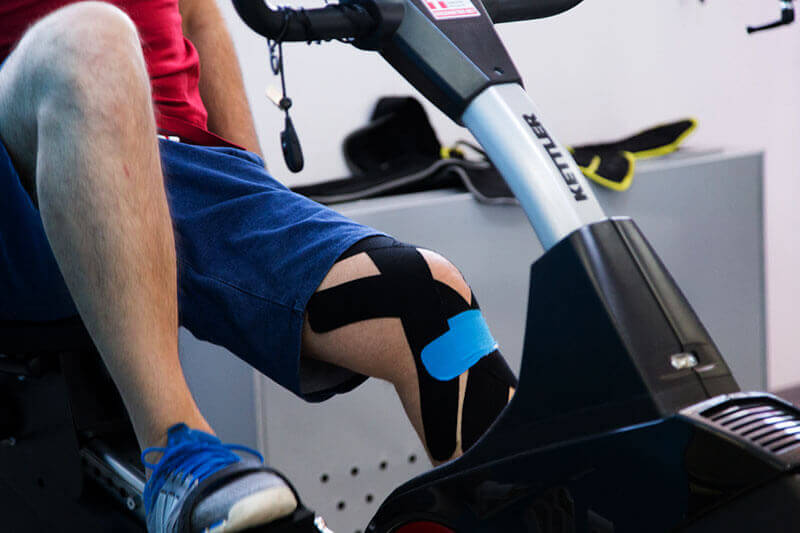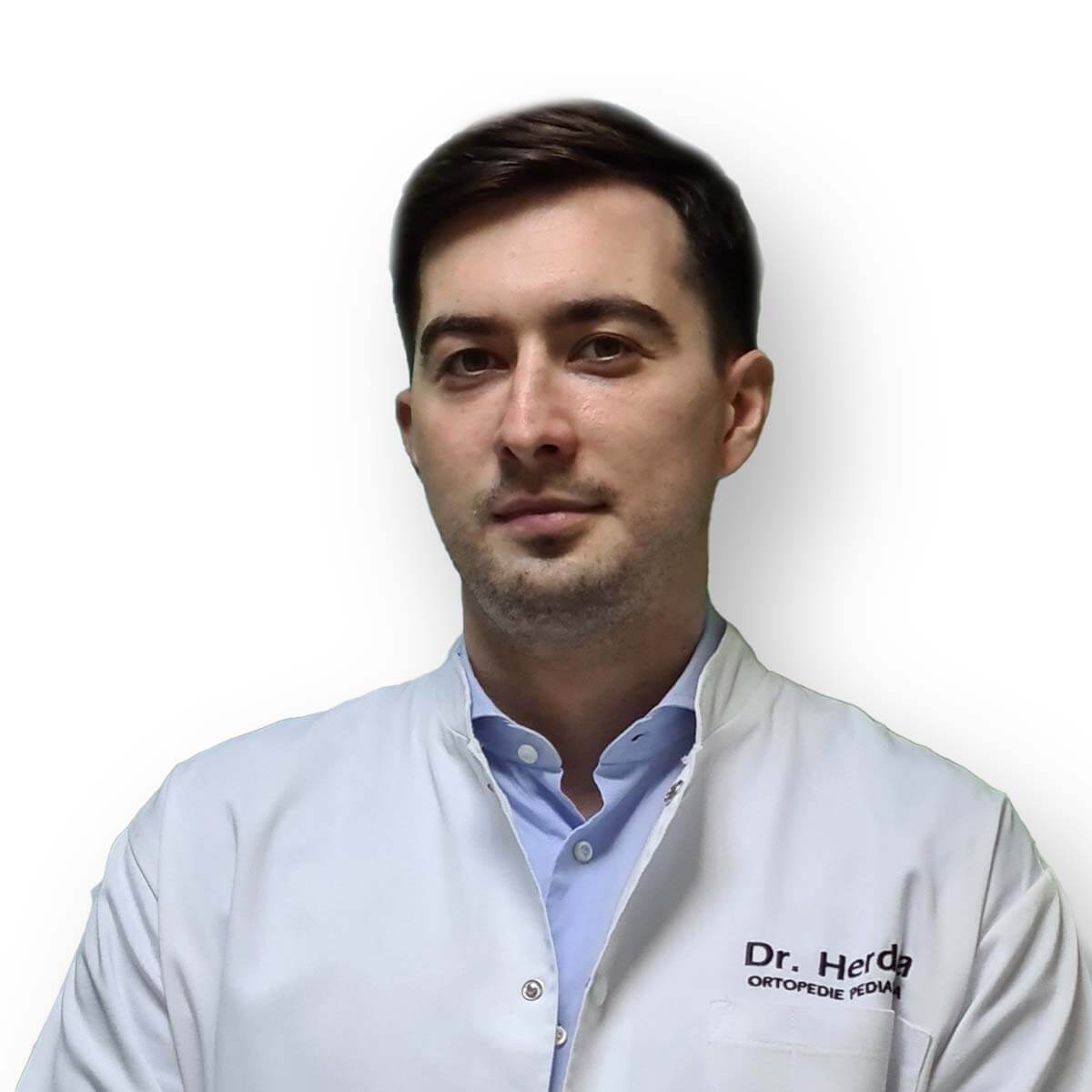Vezi detalii
CITESTE MAI MULT 
Ligamentoplasty Recovery Protocol (LIA)
After surgery before leaving the operating room, a knee immobilization and an ice pack will be applied to the knee. It is very important that in the first 10 days you do exercises to maintain the extension and keep the ice on your knees. Effective recovery begins the day after surgery.- The ice pack will help reduce pain and swelling. Cryotherapy should be used continuously for the first 3-4 days after surgery. Afterwards, the ice should be used for about 30 minutes between physiotherapy sessions.
- Immobilization in the orthosis helps maintain the extension and must be worn continuously at first, later during walking and sleep, otherwise it can be removed.
Recovery protocol on days 1-8 after surgery:
Objectives:
- pain and swelling control
- performing a wide range of movement exercises immediately
- it also touched and kept the extension completely passive
- prevention of quadriceps muscle atrophy
- resumption of walking
What should you do after the surgery:
The period immediately following the surgery should be with the leg raised (prone position and put ice on the knee).Do not stand for a long time with your foot in a fixed position (lower than the rest of your body), as this will increase the volume of your knee and foot. When you are sitting for a significant period of time, lift your foot on a chair.
You can take a shower, but the sutures must be protected from water. On the first day and night after a ligamentoplasty, you can expect the bandages to soak in blood. This is normal! We want the stool to drain from the knees into bandages, rather than accumulating in the knees and causing swelling and pain. After 2 days, during which the pain and swelling have improved, the patient will start physical therapy by removing the immobilization every 3 hours:

3-4 rounds / day of 10-15 minutes: full extension. You can regain the extension through 2 types of exercises that you have to alternate. In supine position, place a tight towel under the Achilles tendon (under the ankle), and allow the foot to relax. In a supine position, sit with the lower thigh 1/3 on the edge of the physiotherapy table and relax the pelvic limb. Hyperextension should be avoided.
.jpg)
4-6 rounds / day of 10 minutes of passive flexion and active extension 0-90 degrees: at the edge of the physiotherapy table the foot is lowered passively under the action of gravitational force, and raised by contraction of the quadriceps, helped with the contralateral leg (unoperated ) in both phases.
The patient can passively use an ergonomic bicycle, pedaling only with a healthy foot.
Recovery protocol on days 8-14 after surgery:
Objectives:
- maintaining full extension
- psycho-social and family reintegration. The patient must continue to remove the immobilization 4-6 times a day for 10-15 minutes, to continue physiotherapy: isometric contractions, raising the limb to 60 degrees, passive extension, passive extension assisted by ms contraction. quadriceps, passive and active flexion. All exercises are done according to the same program. Their order does not matter, only the number of repetitions and rest times. Each period of the day of physical therapy must include all the exercises listed in the previous program. If the patient has an office job, he is allowed to reintegrate after 14 days. If he has a job that requires intense physical activity, the rest period is 8-12 weeks.

Recovery protocol on days 15-21 after surgery:
Objectives:
- maintaining full extension
- reaching a flexion of 100-120 degrees
- toning the thigh muscles so that the patient can give up immobilization. The patient must continue to remove the immobilization 4-6 times a day for 10-15 minutes, to continue physiotherapy: isometric contractions, raising the limb to 90 degrees, passive extension, passive extension assisted by ms contraction. quadriceps, passive and active flexion. Flexion should be supported with the contralateral foot until it reaches 100-120 degrees.
The patient will continue to work on the bike as follows:
- at low intensity
- resistance will increase after 5-6 weeks postoperatively
- the time spent on this device will increase progressively from 3 rounds of 5 minutes in the first week to 3 rounds of 20 minutes in the third.
- after 4 weeks there is no restriction on the time spent on the bike.
.jpg)
Recovery protocol on days 22-40 after surgery:

NB: All progressions are approximations and should only be used as guidance. Progression will be based on the individual condition of the patient, which is assessed throughout the treatment process.

PROGRAMEAZA-TE PENTRU O CONSULTATIE
Pentru ca orice tratament in clinica noastra este bazat pe un diagnostic si se face sub urmarire medicala, pentru evaluarea permanenta a evolutiei.PROGRAMEAZA-TE
RECUPERARI DE SUCCES
PROGRAMEAZA-TE
LA O CONSULTATIE
Vezi aici modalitatile de programare si localizarea clinicii
PROGRAMARE





































































































